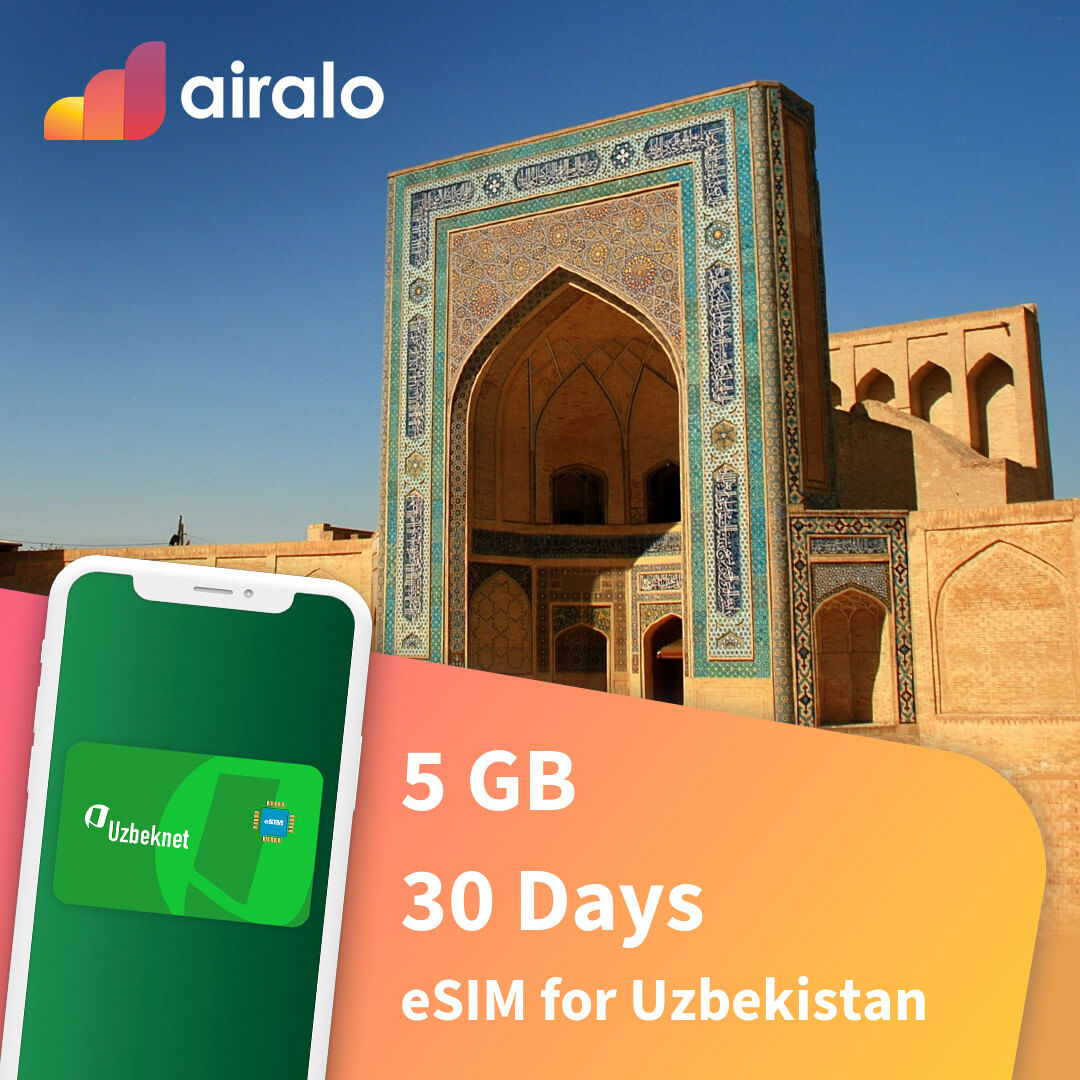
Beeline Uzbekistan Introduces a 15,000 UZS Discount for New eSIM Activations
Beeline Uzbekistan has introduced a new 15,000 UZS rebate on the first subscription fee for customers activating a new eSIM online. While it looks like a simple discount at first glance, the move clearly signals a broader shift: Uzbekistan’s biggest operators are pushing strongly toward digital-first onboarding and wider eSIM adoption.
Here’s what this offer includes, how to use it, and why it reflects a much bigger telecom trend shaping Central Asia.
Promotion Details
The offer is straightforward: activate a new eSIM online through Beeline’s digital platforms and receive a 15,000 UZS rebate on your initial subscription fee. This discount is ONLY available through online activation—meaning store visits, kiosks, or physical SIM points will not qualify.
The idea is simple: make onboarding easier, cut physical SIM costs, and move customers into a fast, self-service environment.
Eligible activation channels
– Beeline official website – Hambi app – Beepul app
These platforms already sit at the center of Uzbekistan’s fast-growing digital payments and service ecosystem, making them a natural choice for the promotion.
Tariff Plans Included
One of the strengths of the offer is that it applies across a broad set of Beeline’s popular tariff plans. This means customers aren’t being forced into limited or niche packages.
Eligible tariff plans
– Standard – Multi Max – Multi Pro – Optimal – Start – Vibe – bAIram+
These plans cover a wide spectrum of user needs—from newcomers who rely on basic data bundles to more demanding subscribers who depend on heavy data use.
Why Beeline Is Pushing eSIM Now
Beeline’s emphasis on digital onboarding aligns with clear global and regional patterns. Operators everywhere—from Türkiye’s Turkcell to Kazakhstan’s Tele2 to EU giants like Vodafone—are incentivizing eSIM adoption for two key reasons: customer convenience and operational efficiency.
Here’s why the timing makes sense:
Smartphones in Uzbekistan now widely support eSIM.
Mid-range Android models increasingly include eSIM capability. Apple’s global eSIM-only momentum has also pushed awareness upward.
Customers expect instant activation.
No store visits. No paperwork. No waiting. Digital-first activation matches how people already use banking and payments apps in Uzbekistan.
Operators reduce physical SIM costs.
eSIM means no manufacturing, no logistics, no printing, and fewer retail-level interactions.
Competition is intensifying.
Ucell and Uzmobile also support eSIM and are expanding their digital ecosystems. Incentives like this rebate help Beeline stay ahead.
What This Means for Users
For end users, this rebate is a practical opportunity to switch to eSIM — whether to free up a physical SIM slot, enjoy faster activation, or adopt a more flexible setup for travel and business. The online activation flow on Beeline’s website and apps is straightforward, and the rebate softens the cost of the first month.
Customers get:
• Faster activation
• No need for a physical SIM
• No store visit
• Cleaner plan management via app
It’s a win-win: users get convenience, while Beeline transitions more customers into its digital ecosystem.
Conclusion
Beeline Uzbekistan’s 15,000 UZS eSIM rebate isn’t just a promotional discount—it’s part of a wider regional pattern that mirrors what we’re seeing from operators like Turkcell, Kyivstar, and Tele2. Across the region, telecoms are consistently moving toward app-only activations, digital onboarding bonuses, and incentives that encourage customers to adopt eSIM as the default.
Industry reports from GSMA, Vodafone, and Orange show that eSIM adopters tend to have higher retention and greater digital engagement, making them strategically valuable. That context helps explain why Beeline is investing in pushing users to eSIM now.
For consumers in Uzbekistan, this promotion is well-timed. For Beeline, it’s a step toward a more modern, more efficient, and more digital-first mobile experience—one that aligns with global connectivity trends and the rapidly evolving expectations of local users.











